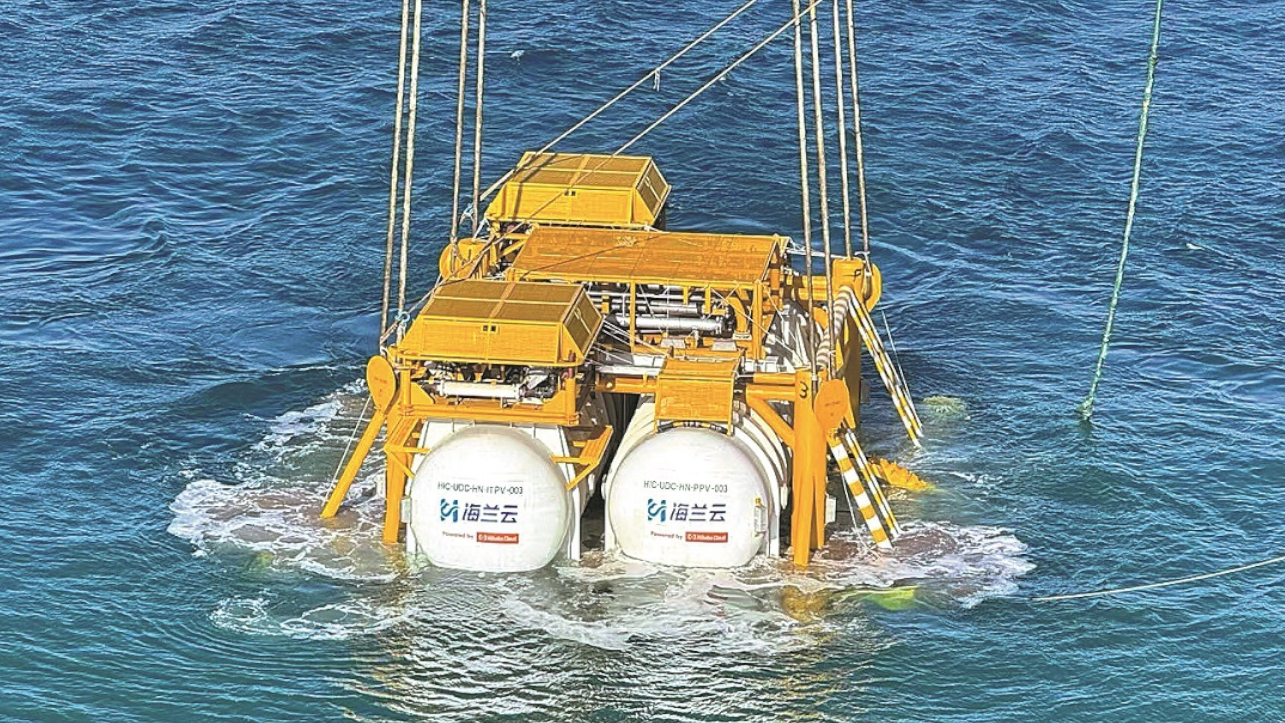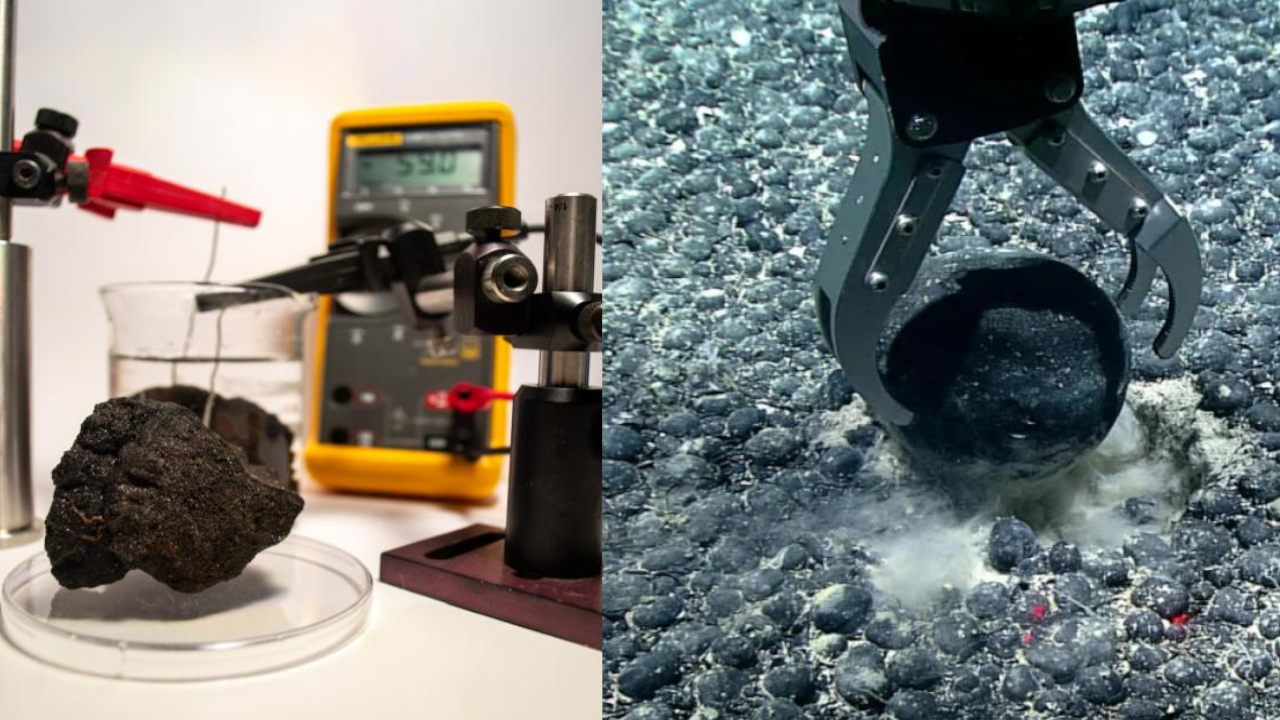Researchers from Shanghai Jiao Tong University have developed a novel device that leverages electromagnetic waves in the seabed to detect submarines. The device monitors electromagnetic changes caused by submarines and, using advanced noise-removing algorithms, has successfully detected a submarine’s engine from approximately 20 kilometers away.
As reported by the South China Morning Post, the device, roughly the size of a small truck, is eight times more powerful than its predecessors, which were limited to a detection range of 2.5 kilometers.
Unlike previous devices that relied on detecting electromagnetic waves emitted by submarines and dispersed in the water — a method hindered by the water’s attenuating effects — the new device capitalizes on waves that penetrate the seabed and propagate through rock layers with minimal attenuation.
The team faced challenges due to the weak electromagnetic radiation and the seabed’s high level of electromagnetic noise. They overcame these obstacles by employing multiple sensors operating synchronously to distinguish submarines from noise. Despite the demanding conditions of the deep sea, advanced algorithms enabled the team to detect a submarine’s engine 20 kilometers away in the South China Sea, though its exact location remained undetermined.
Researchers are increasingly relying on the electromagnetic emissions generated by submarines due to their propellers and metallic hulls. As submarine engines become quieter, making them harder to detect with sonar, and as smaller, quieter underwater drones proliferate, electromagnetic detection is gaining prominence.
China’s heightened interest in submarine detection technology is driven by growing tensions in the South China Sea and Taiwan Strait. Given the US’s advanced stealth submarines, China’s new technology represents a significant countermeasure. As tensions persist, both sides are likely to continue developing stealth and detection technologies in an ongoing technological arms race.









